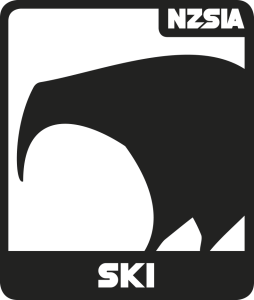DIRRT & Turn Phases
Wedge Turns
In a wedge turn the release and create phase blend together for a long duration as the skier travels into the new turn. The create phase will then start as the skier moves above the fall line, then the control phase will start in the middle of the turn and carry on until the skier has turned across the fall line. The release phase of a wedge turn will start once the skier has created adequate speed control turning away from the fall line.

Analysis Tip
Wedge to Parallel Turns
In a wedge to parallel, the create phase of the turn starts as the skier steers the outside ski at a faster rate than the inside ski; this creates the wedge at the beginning of the turn. The create phase lasts until just above the fall line where the skier has created sufficient grip and balance on the outside ski to begin the control phase. The release phase of a wedge to parallel turn will start and end quickly due to the slow nature of creating the wedge all the way until just above the fall line.

Analysis Tip
Basic Parallel Turns
In a basic parallel turn the create phase will start right at the beginning of the turn. The create phase will last until above the fall line, at which point the control phase will start and take the skier across the fall line through a round shape. The release phase of the turn lengthens from a wedge to parallel to facilitate the weight shift from foot to foot before the start of the new turn.

Analysis Tip
Short Turns
In a short turn, the create, control and release phases are similar in length. The location of the phases is similar to the geometric locations diagram, as each phase of the turn should share a third of the arc.

Analysis Tip
Dynamic Medium Radius
In a dynamic medium turn the create phase is the shortest phase due to the high speed of travel and great force acting on the skier as they transition. The control phase will start from higher in the turn and last until after the fall line and speed is controlled. The release phase will be the second longest phase in a dynamic medium and last until the skier has accurately released their CoG.


